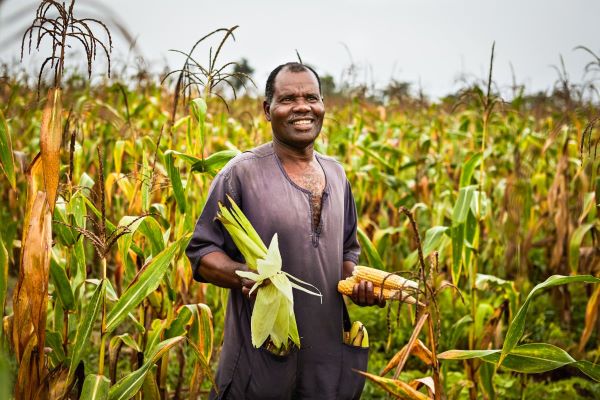Zambia plans to more than double its revenue to US$2 billion from agriculture sector exports by 2026 after the unveiling of a five-year plan to reinvigorate the economy through diversification from traditional mining in the country. copper to various growth sectors.
Under the 8th National Development Plan-2022-26, the Southern African state seeks to sustain growth and add value to various traditional products and increase export earnings from 756.2 million current US dollars made by the end of 2021.
According to the master plan of more than one million Kenyans unveiled by President Hakainde Hichilema nicknamed: ” “Social Economic Transformation to Improve Livelihoods”, Zambia is aware of the need for a diversified economy to offset the economic losses suffered by climate change, over-indebtedness and COVID 19, among other factors, and will industrialize to realize its growth prospects.
Increase agricultural production and productivity, promote mining of traditional and non-traditional minerals, promote value addition and manufacturing, promote rural industrialization as well as tourism. The government will implement a number of strategies which are among the key strategies to raise the country’s export profile.
Other areas to be developed to sustain growth during the outlook period include improving the management and productive use of water resources, promoting irrigation, increasing production, transmission and distribution of electricity.
It aims to expand diversification into other alternative renewable and clean energy sources, improve the management of petroleum products, improve transport and logistics, scale up the supply of industry-relevant skills, invest in applied research and development, building digital capacity and.
In collaboration with the private sector, efforts are underway to create an enabling environment for the growth of the private sector in the agricultural sector by providing a stable trade policy emphasizing the relaxation of restrictions on the export of agricultural products and facilitating access to finance.
“A robust comprehensive agricultural support program will be implemented from the 2022/2023 agricultural season.
“The program will include the provision of inputs through the electronic agricultural input system to include extension service support, value addition support, storage and logistics. In addition, the program will allow for better targeting and greater equity among beneficiaries. ” read the plan.
Tree growing and the development of irrigation will also be encouraged. To support increased production in the sector, research and development will be encouraged, particularly in the development of improved varieties and breeds of crops, including tree crops, livestock and fish.
In order to increase cultivated areas and improve productivity, agricultural mechanization will be encouraged. The government will also encourage the development of agricultural blocks with particular emphasis on crop diversification and the expansion of the livestock and fisheries sub-sectors.
The agricultural bloc concept involves the creation of specialized agricultural production and processing zones. Resettlement programs will also be developed as centers of agricultural production.
Interventions in the fisheries sector will aim to promote investments to increase fingerling production and establish and operationalize fish breeding and freezing centers, as measures to address the national fish deficit and to expand into the regional market.
Livestock production will be enhanced through the establishment of community-run livestock service centers, provincial livestock insemination centers and veterinary laboratories.
The government will also decentralize veterinary services to improve the efficiency of the livestock sub-sector. These interventions should result in an agricultural growth rate of at least 10 percent per year during the Plan period.
During the same period, agricultural exports are also expected to increase to over US$2 billion by 2026, from US$756.2 million in 2021.
On September 2, President Hakainde Hichilema launched the project calling for hard work to achieve its goals. The plan presents the country’s ambitious but bold measures for the socio-economic development of the country.
The plan marks the country’s medium-term plan to unlock the country’s potential in various sectors for sustainable, holistic and inclusive development.
“May we as the people of Zambia cherish the art of hard work. It is a necessary ingredient for success,” he said.
The government predicts that the macroeconomic targets set in the 105-page plan should put the economy on a higher growth path.
The vision is based on reducing the budget deficit, improving domestic revenue mobilization and resolving and reducing the accumulation of domestic arrears.
The plan was anchored on key measures to address the debt problem, provide free education, strengthen social safety nets and bring service delivery and resources to the people.
Earlier, Finance Minister Situmbeko Musokotwane described the plan as a strategic direction setting development priorities and implementing strategies that will play a pivotal role as building blocks for achieving the national vision. //











More Stories
Sri Lanka’s post-harvest losses in agricultural sector exceed Rs. 55 billion – – The island
SAU Vice-Chancellor emphasizes effective research in agricultural sector
Agriculture sector threatened by climate change, expert says – Pakistan